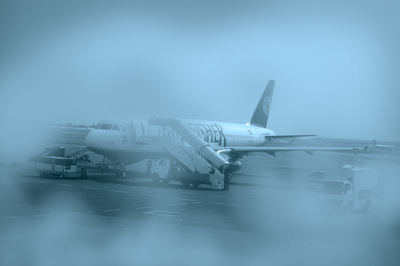INDIAN ARMED FORCES CHIEFS ON OUR RELENTLESS AND FOCUSED PUBLISHING EFFORTS

The insightful articles, inspiring narrations and analytical perspectives presented by the Editorial Team, establish an alluring connect with the reader. My compliments and best wishes to SP Guide Publications.

"Over the past 60 years, the growth of SP Guide Publications has mirrored the rising stature of Indian Navy. Its well-researched and informative magazines on Defence and Aerospace sector have served to shape an educated opinion of our military personnel, policy makers and the public alike. I wish SP's Publication team continued success, fair winds and following seas in all future endeavour!"

Since, its inception in 1964, SP Guide Publications has consistently demonstrated commitment to high-quality journalism in the aerospace and defence sectors, earning a well-deserved reputation as Asia's largest media house in this domain. I wish SP Guide Publications continued success in its pursuit of excellence.
Till the Next Fog

Even as clear summer skies drive away the harrowing memories of air travel on fogged out winter mornings, here’s a look at the burgeoning aviation industry’s challenges and shortcomings that effectively clip its wings during the cold season.
Come winter and the prospect of catching an early morning flight to a business meet can send shivers down the spine, literally. As a thick blanket of inscrutable fog wraps runways, setting aside a 24-hour travel time remains the only viable solution.
Decade old reforms in civil aviation policies and a sustained high rate of India’s economic growth may have spurred the formation of a number of airlines but practically all of them bear the brunt of winter woes, especially in the north. Fogged out and fumbling with disrupted flight schedules, airports—especially Delhi’s buzzing Indira Gandhi International Airport (IGIA)—turn into veritable battlegrounds, with irate passengers cursing the airlines, who in turn point to the impenetrable miasma shrouding the airstrip to explain flight delays and cancellations. But isn’t there a solution to the seemingly perennial problems posed by fog and weather phenomenon, such as dust in suspension or heavy rain, that adversely affect visibility?
Initially, the problem lay with the Airport Authority of India (AAI). Responsible for ensuring modernisation of infrastructure and operational systems at India’s airports, the AAI’s efforts have over the years been repeatedly derailed by lack of funds and even sheer apathy. Take the case of Delhi. Apparently, as early as 1997, the AAI had tried to upgrade the Instrument Landing System (ILS) at the IGIA from the then existing ILS Category II to ILS Category III (B) by acquiring new equipment. Cat III (B) landing follows a precision approach using the ILS system with:
• a decision height down to 50 ft and,
• a runway visual range (RVR) of 50 to 200 m





